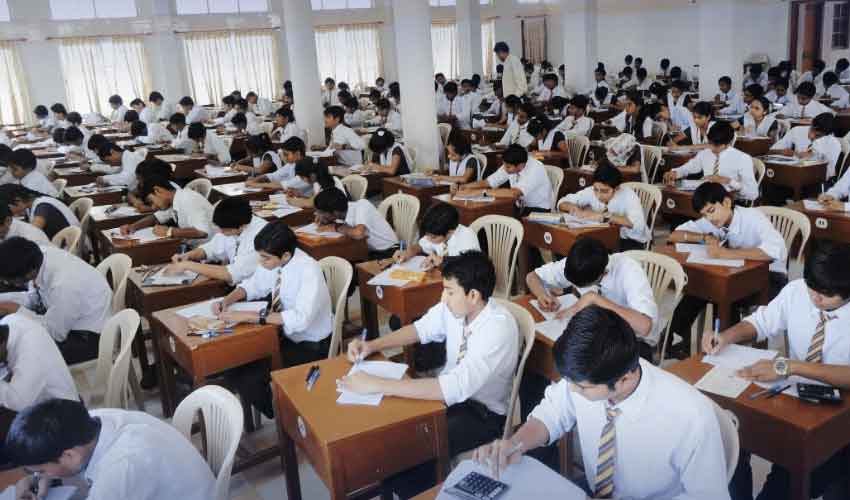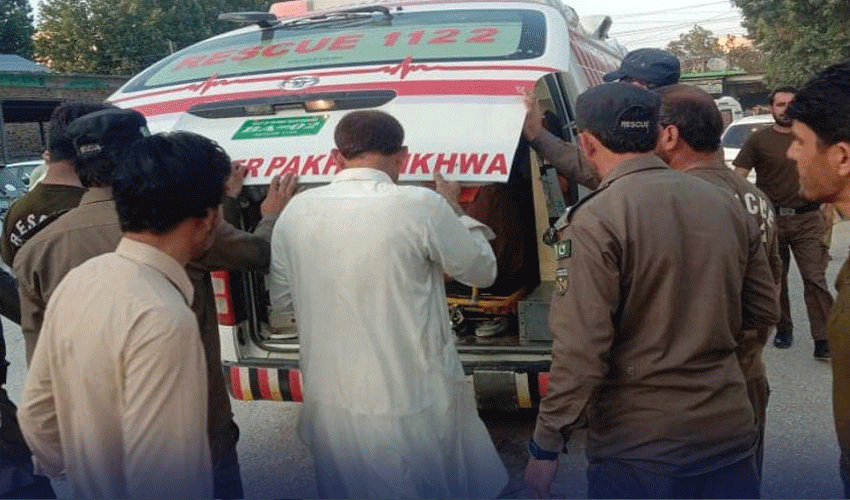As the mercury continues to climb in Punjab, Lahoris are bracing themselves for scorching temperatures, with the onset of load shedding exacerbating the discomfort.
The Meteorological Department has predicted an increase in the intensity of heat in Lahore, with the mercury expected to soar to 40 degrees Celsius today and to 43 degrees this week, as the weather is expected to remain hot and dry.
However, there are up to 30% chance of rain in the Punjab capital on Sunday, as per the Met Department.
Residents across Lahore have already begun to feel the effects of the rising temperatures, compounded by the intermittent power outages plaguing various neighbourhoods, disrupting daily life for many.
In areas such as Samanabad, Chauburji, and their surroundings, residents are enduring up to six hours of load shedding. This has sparked concerns among locals, particularly as the sweltering heat shows no signs of abating.
Also Read: Karachi braces for sweltering heatwave, health experts urge caution
"The heat is unbearable, and now with the power cuts, it's becoming even more difficult to cope," remarked a resident of Samanabad.
Experts have advised citizens to maximise the use of water and cover their heads while heading out of their houses. "Avoid going out of the house unnecessarily in the hot weather," the experts suggest.
Meanwhile, Karachi and its coastal counterparts in Sindh are also bracing for scorching temperatures in the coming days. Weather forecast has predicted a surge in the mercury level, with the possibility of temperatures soaring as high as 46 degrees Celsius in upper and central Sindh.
Karachi is expected to experience temperatures ranging between 36°C and 38°C, further exacerbated by elevated humidity levels, making it feel closer to 40°C to 44°C.
In light of these forecasts, health experts are issuing urgent advisories to the citizens, emphasizing the importance of precautionary measures to safeguard against the heatwave. Increased water intake is paramount, they stress, to prevent dehydration and heat-related illnesses.



























